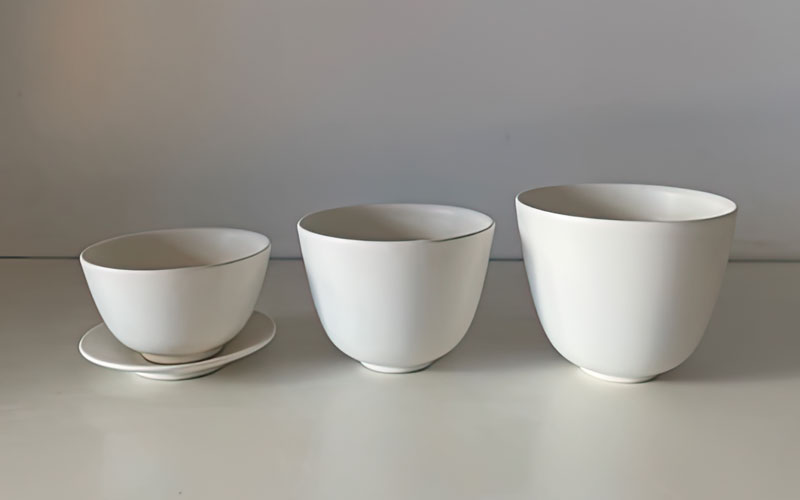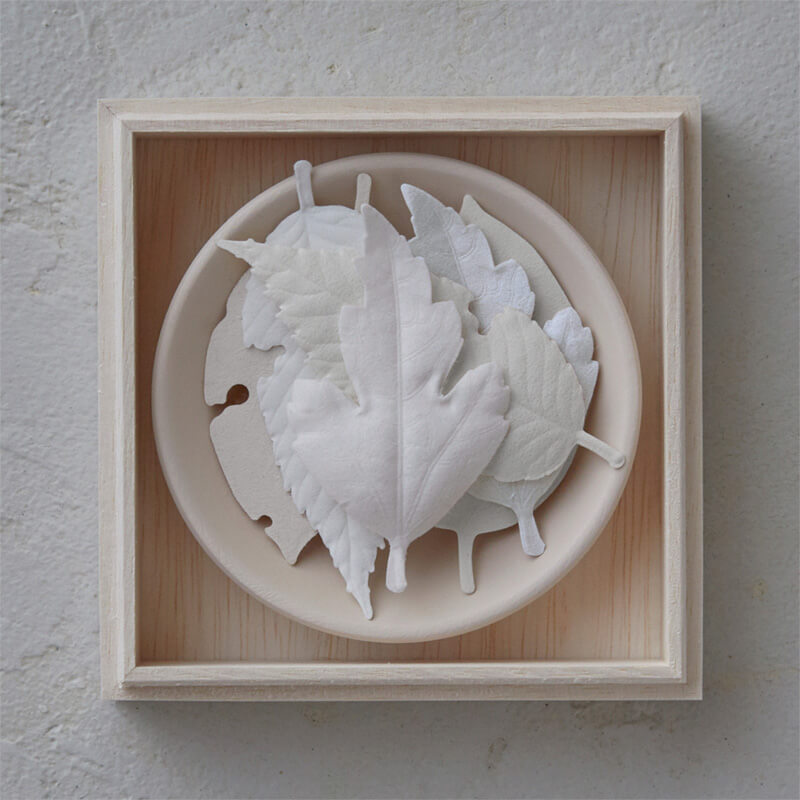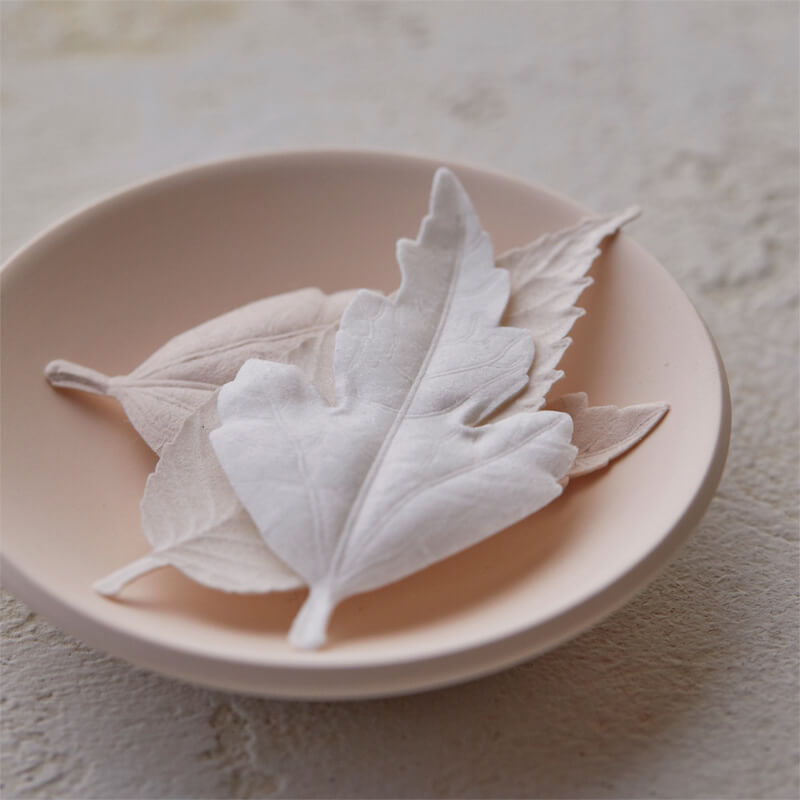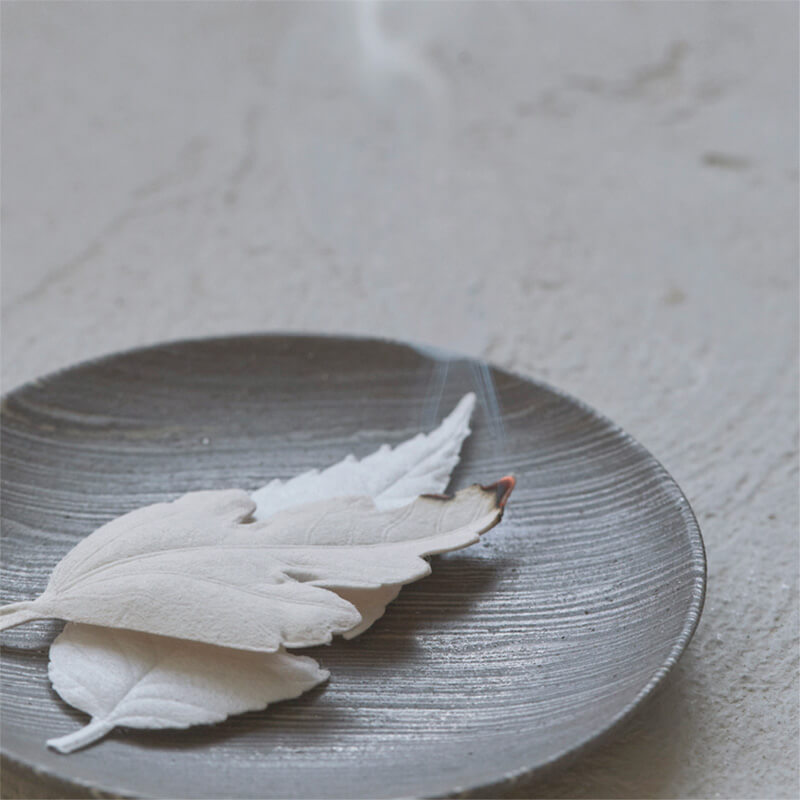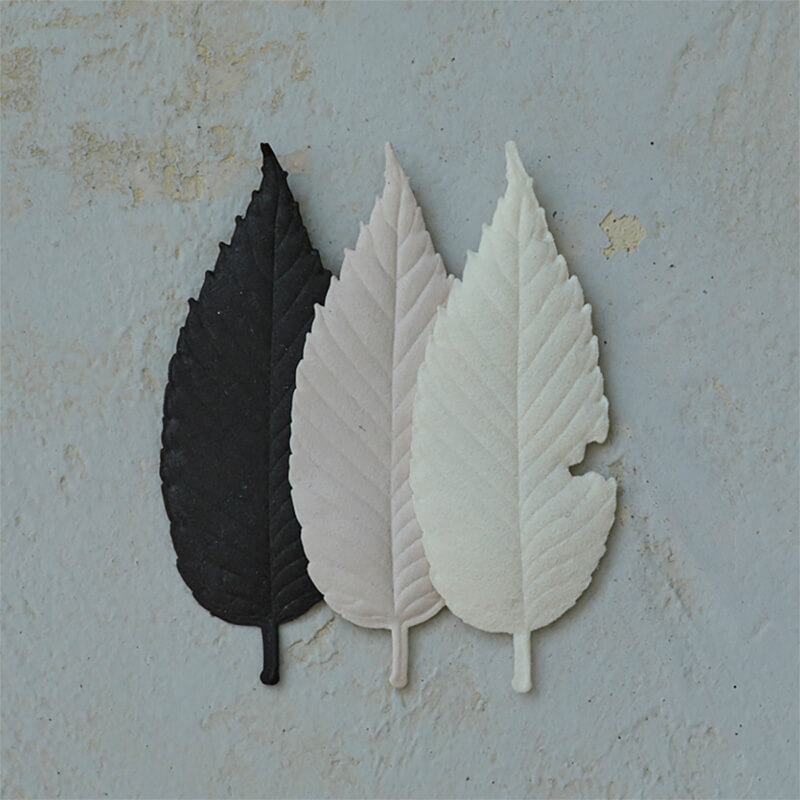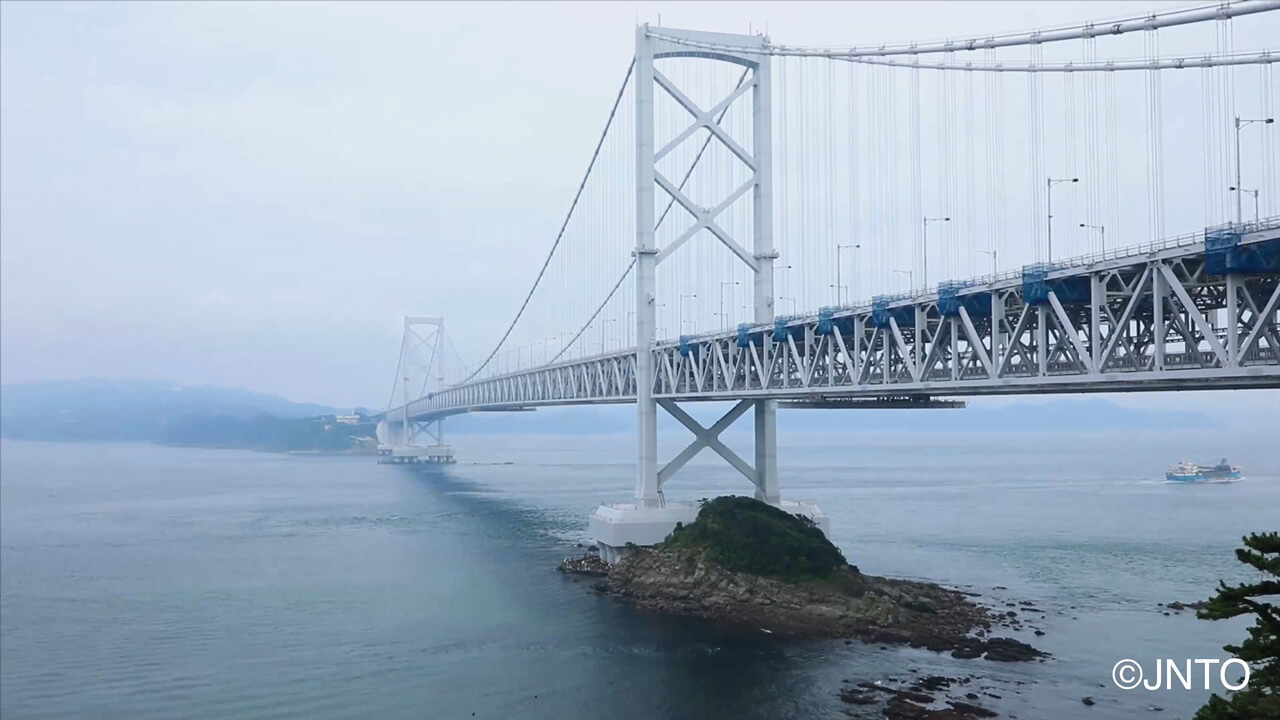
*To watch the video in full screen, please click play and then the YouTube icon on the lower right-hand corner.
When we dream of travel, the destination often springs to life through our senses as we anticipate new sights, sounds, and flavors. But scent can be just as important to conjuring an idea of a place – particularly when it comes to the legendary Awaji Island (Awajishima), the birthplace of Japanese incense and the source of more than 70% of Japan’s incense production today. As other parts of Japan are portals to the worlds of crafts like wood carpentry, papermaking or ceramics, Awajishima is an essential pilgrimage stop for anyone curious about the illustrious history of incense and the elevation of scent to an art form.
Awajishima is an island in Japan’s expansive Seto Inland Sea, not far from Kobe and today accessible via the second longest suspension bridge in the world (the Akashi Kaikyō Bridge). In Japan’s creation mythology, Awajishima was the first bit of land created when two Shinto deities stirred the world into being with a holy spear, producing the Japanese archipelago (starting with Awajishima). This story is told in Japan’s oldest text, the Kojiki, and Awajishima also features in Japan’s second oldest text, the Nihon Shoki, which describes the origin of incense. The text explains that, in 595 AD, the first piece of agarwood (also known as aloeswood) washed up onto the shores of Awajishima, and when locals burned it, they discovered it released an exquisite scent. Buddhism had recently entered Japan, and this new discovery of wood incense was incorporated into Buddhist ritual as the religion spread across the land. Initially, chunks of fragrant wood were burned, but in the 8th century, takimono or “kneaded incense” was developed, allowing different wood and other fragrant materials to be blended together into small soft balls. In later centuries, incense extended beyond the realm of religious ceremony and became a part of daily life and aesthetic experience for the aristocracy (read more about the Edo-era incense comparing game genjikō and other trends here), creating a wider market for what was once a product used in only in religious rituals.
In the mid-19th century, Awajishima again took center stage in the story of Japanese incense, with the development of the first large-scale incense manufacturing around 1850. From then on, the incense masters, or kōshi, of Awaji developed and innovated their craft to not only increase their output volume, but still maintain high quality and attention to detail. Unlike other traditional Asian incense sticks that have a core of bamboo or other element, the kōshi of Awaji refined a technique of rolling and drying incense sticks that are 100% incense – which has the benefit of burning for longer and at a more consistent pace. By the early 20th century, local artisans in the region also formed an association to work more effectively with temples, merchants, and land owners to create a manufacturing eco-system that would ensure a sustainable business. This combination of competition and collaboration has characterized the Awaji incense industry ever since, and may explain the remarkable longevity of many of Awaji’s oldest incense firms (to learn more about Japan’s phenomenon of shinise and business longevity, read more here or catch up with our recent event series).
Today, Awajishima is the source of over 70% of incense produced in Japan, and an estimated 1 in 4 residents of the island are involved in some aspect of incense making. Visitors to Awajishima are charmed by the constant scent of incense on the breeze as they wander the island. An incense maker or vendor is never far, so the notes of sandalwood, agarwood, clove, and innumerable spices, herbs, and florals float through the air. For travelers, incense factory tours and handmade incense workshops are a highlight, as well as visiting the Izanagi-jingu Shrine, said to be the site where that first piece of agarwood was burned in the 6th century. Awaji’s other scents come to life through the vibrant wildflowers of Akashi Kaikyō National Park, the roiling saltwater smell of the Naruto Whirlpools on the coast, and the fresh onions that are a key agricultural staple of small farmers.
Luckily for those of us who can’t make the trip quite yet, many of Awaji’s incense makers export their wares far and wide (including a few available at JAPAN HOUSE’S WAZA Showroom & Online Shop). Some companies have been around for over a century, like Kunjudo (founded in 1893), an incense maker with a storied past but an innovative sensibility; in recent years they introduced HA KO, a unique paper incense that comes in elegant monochrome black or white leaf shapes. Other incense makers are newcomers drawn to Awaji for its link to traditional techniques and materials, such as Bridge and Blend, a modern incense brand working with many ancient ingredients and reviving 1000-year-old scent recipes. Whether old businesses or new, these makers are continuing Awaji’s incense heritage for a global market, bringing new ways to kōdō, the art of scent, to our daily lives. Even if just for a moment, lighting a piece of Awaji incense can transport us to the island of fragrance floating on a sea breeze, spiraling whirlpools and an entire history waiting to be discovered.
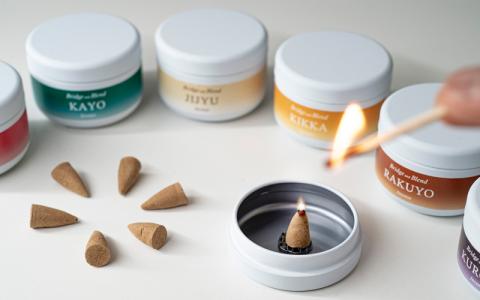
Related Articles
Sensory Journeys in Japan |
Hokkaido 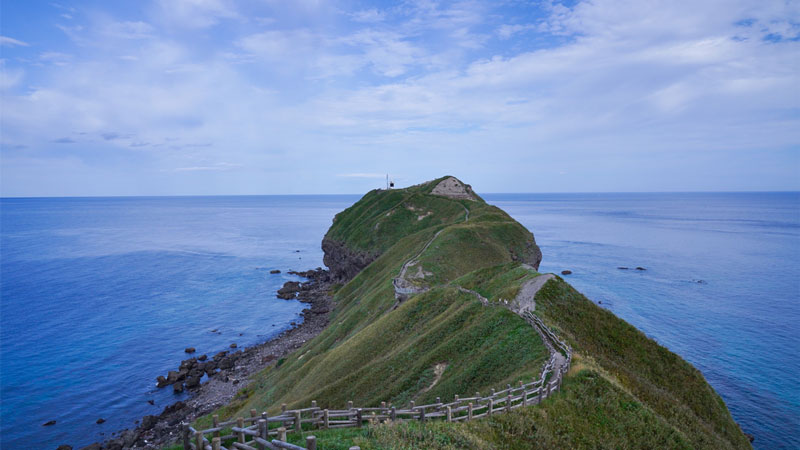
Sensory Journeys in Japan |
Hissan Pottery in Shiga 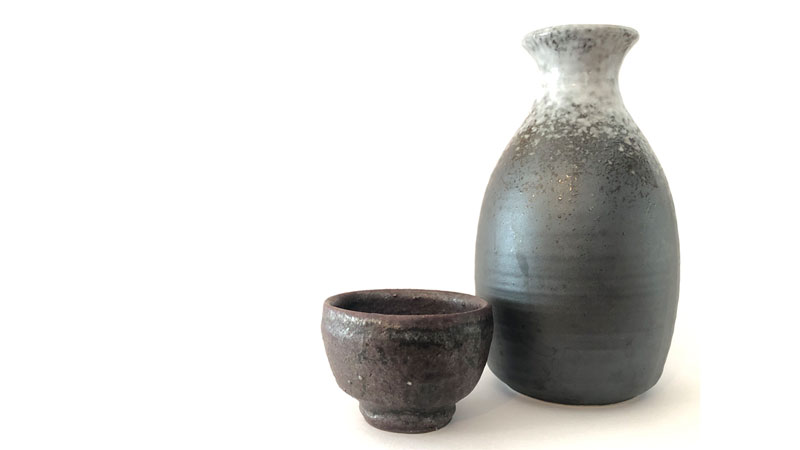
Sensory Journeys in Japan |
Kutani Bitoen in Ishikawa 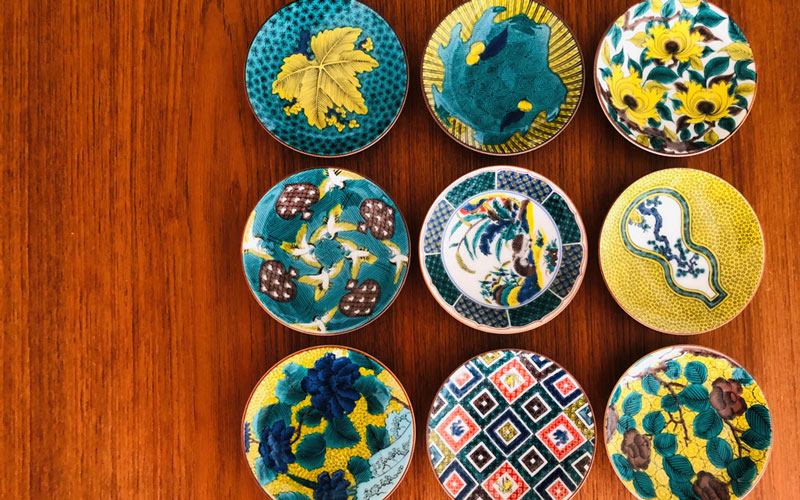
Sensory Journeys in Japan |
Spotlight on Iga, Mie 